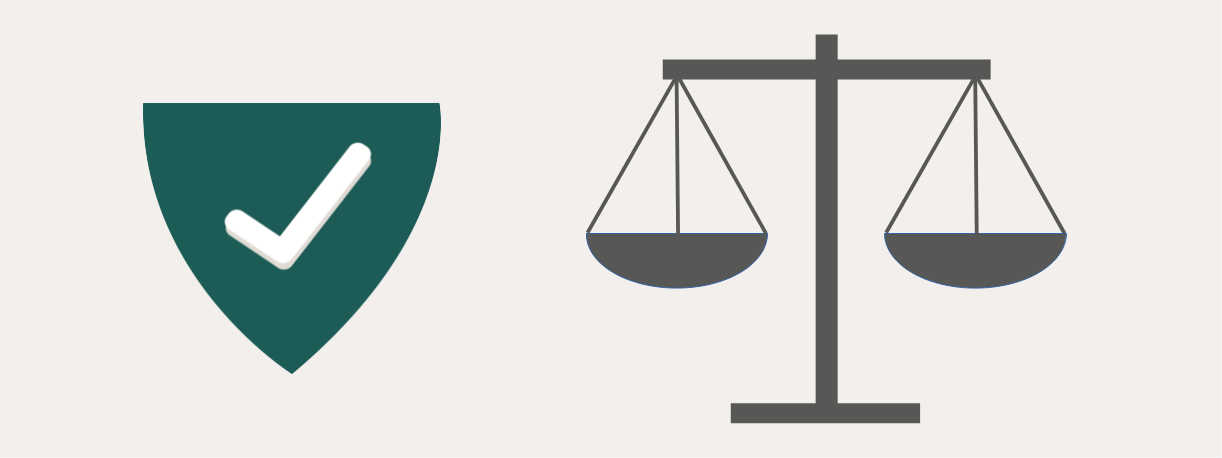Vicarious liability
This month’s article focuses on Vicarious Liability and expands on last month’s Duty of Care article. It explains the responsibilities employers bear for their employees’ wrongdoings.

Vicarious liability, also known as vicarious responsibility, is a rule of law which holds an individual or an entity responsible for the action or inaction of another person. The two parties are usually in a special relationship where one party has control or authority over the other, for example, a parent and child, an employer and employee, a landlord and tenant.
This legal principle is a form of strict liability which means the person seeking recovery does not need to prove fault, they simply need to prove the action or inaction occurred. This allows the prosecutor to prove their claim more easily.
Employer responsibilities
The primary way in which vicarious liability arises is an employee acting on behalf of an employer. If the employee has committed negligent or unlawful actions in the course and scope of their employment which results in damage or injury the employer could be accountable.
The rationale is that an employee has simply been doing what they have been told by their employer and not acted on their own volition. It would be unjust to hold an employee fully responsible in law for the instructions provided by their superiors.
Examples of vicarious liability
Vicarious liability mainly applies to health and safety. Often it occurs when a workplace injury is caused by the negligence of another employee. It allows the injured individual to claim compensation for their harm from their employer, rather than claiming from the other individual, as organisations tend to be able to afford more.
Latest Health and Safety Executive figures highlighted there were more than 600,000 non-fatal workplace injuries reported in 2023/24 and the annual cost was £7.1 billion. It is logical to assume a significant number of these injuries could result in vicarious liability claims.
Vicarious liability can also apply to other aspects of employment including bullying and harassment, discrimination and illegal activity.
Does vicarious liability apply to agency workers and contractors?
Most examples of vicarious liability are associated with employers and employees. However, depending on the circumstances a business could be liable for the negligent or unlawful acts of agency workers and independent contractors if:
- Their relationship is akin to employment (for common law purposes) or fulfils the requirements of s109(2) and 3) of the Equality Act 2010.
- Or the business hired a contractor who is incompetent or unqualified, or the work is dangerous, or the work could not legally be given to a contractor.
How can employers protect against vicarious liability
Employers can avoid vicarious liability by proactively exercising reasonable care to prevent wrongdoings. Preventative steps include:
-
Policies
Ensuring all necessary policies and procedures are in place to prevent harm. Establish guidelines for acceptable conduct and procedures for reporting and addressing issues.
-
Enforcement
Ensure policies are consistently enforced and reviewed for effectiveness. This includes taking corrective action when policies are breached and keeping records of such actions.
-
Risk assessments
Implementing comprehensive risk assessments which allows employers to identify and mitigate potential risks within the workplace.
-
Measures
Implementing appropriate measures such as a worker monitoring system.
-
Consider vulnerabilities
Considering additional measures for those more vulnerable e.g. lone workers or those working in isolated locations with poor mobile coverage.
-
Training
Regular training for employees ensuring that they are aware of company policies, how to use the tools and systems provided, and the behaviour expected of them.
-
Contractors
Ensure all your independent contractors are fully vetted.
